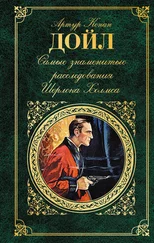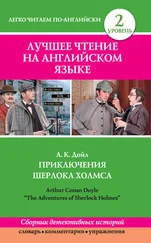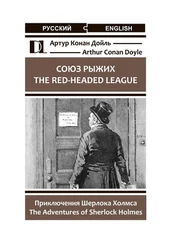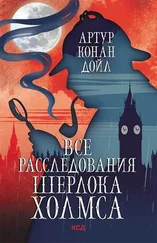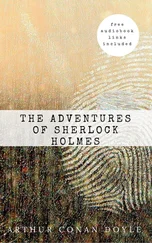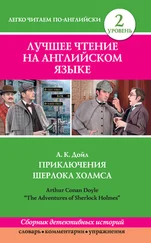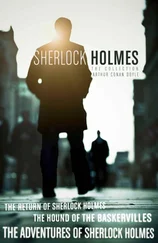Sealing-wax knifeswere knives used for cutting off pieces of sealing-wax sticks and for opening letters.
274
magnum opus – great work ( Latin ); refers to the best and most important masterpiece of a scientist or an artist.
275
Coptic – referring to the Coptic Orthodox Church; Copts are Egyptian Christians.
276
Right wing three-quarterin the game of rugby is a back player positioned near the right edge of the field.
277
Trinity College, Cambridge – Trinity College founded in 1546 by Henry III is a constituent college of the University of Cambridge. It is among the biggest and oldest colleges of the UK.
278
three-quarter line – there are four three-quarter players in the game of rugby: two wingers (right and left) and two centres (there was only one centre till 1886). Wingers should be speedy and capable of carrying out long runs as their main goal is to get into the rival team’s part of the field and score tries. At the same time wingers are responsible for the defence of their field.
279
Scrumin the game of rugby is a method of restarting the game when the ball left the field. Players of both teams push together in three circles with their heads down and fight for the ball.
280
Touch-linesbound the longer sides of playing area in the games of rugby and soccer.
281
Place-kickhere refers to a player who is responsible for kick offs and kicks for goal.
282
the twenty-five line – two twenty-five yard lines (now called twenty-two meters lines) are located at twenty-five yards from each goal-line on the rugby pitch.
283
A skipperis a capitan of a sport team.
284
Red taperefers to excessive regulation that seems unnecessary and bureaucratic. The etymology of the term is uncertain. It is believed to originate from the red tape used to tie official documents.
285
Grange is a mediaeval term for a small farm. It could derive from mediaeval Latin word “granica” – grain storage.
286
London reekhere refers to smog, mixture of fog and air pollution from the burning of large amounts of coal.
287
Palladio – Andrea Palladio, original name Andrea di Pietro della Gondola (1508–1580) was one of the greatest Italian architects of the 16th century, the author of “The Four Books of Architecture.” Palladio’s works influenced the Western architecture for centuries and gave rise to the English baroque style.
288
your ladyshipis the form of addressing a woman holding the title of Lady.
289
The window is a long French one – French window is a large door size lattice window. French windows are generally used in pairs and overlook terraces or lawns.
290
beeswing– filmy substance that forms in bottles containing old wines
291
de novo — anew ( Latin )
292
We have not yet met our Waterloo, Watson, but this is our Marengo – the Battle of Waterloo (June 18, 1818) resulted in Napoleon Bonaparte final defeat and exile. The Battle of Marengo (June 14, 1800) was successful for Napoleon, but at first his forces were overpowered by the the Austrian army and the French got a very narrow victory.
293
vox populi, vox dei – the voice of the people is the voice of God ( Latin )
294
Right Honourableis a title that is applied to certain high-ranked persons in the UK, such as members of Her/His Majesty Privy Council.
295
Despatch-boxis a lockable wooden box for keeping important papers.
296
The great Chancelleries of Europe —the phrase refers to the governments of the most influential European countries of the time: the Russian Empire, the German Empire, France.
297
The Abbeyhere refers to Westminster Abbey where coronations and other ceremonies of great importance take place. Westminster Abbey is lockated right to the West of the Houses of Parliament.
298
The great Tower of the Houses of Parliamentrefers to the Victoria Tower, one of the tallest and largest stone square towers in the world. The Houses of Parliament (aka The Palace of Westminster) are located on the Thames River, just south of Westminster Bridge.
299
alibi – elsewhere ( Latin ); a legal term that refers to the evidence that a person was in another place at the time the crime was commited and therefore couldn’t have done it.
300
Creoleis a term that generally denominates a mixed-race person, often of French or Spanish origing. In Victorian Britain people of races other than Caucasian were believed to be prone to emotional extremes.
301
hearth-rugis a thick rug laid nearby a fireplace, of which “hearth” is the basis.
302
M.R.C.S. – Member(ship) of the Royal College of Surgeons; it is a professional qualification for surgeons in the UK and Ireland.
303
Family practitioneror family doctor is a physician who does not have any medical speciality but covers a variety of medical problems in patients of all ages instead.
304
Ferruleis a metal ring or cap placed around a pole or shaft for reinforcement or to prevent splitting.
305
Huntis a club or party of hunters.
306
Charing Cross Hospitalwas started as hospital for the poor (West London Infirmary and Dispensary) in 1818, but by the end of the century it grew much bigger, treating about 20 000 patients a year.
307
house-surgeon or a house-physician – in the UK, a house surgeon is the senior member of the surgical house staff responsible for execution of the orders of the attending surgeon, and who also substitutes when the attending surgeon is not present. House here refers to hospital. A house-physician is a resident physician of a hospital who cares for patients under the direction of the attending staff.
308
Grimpenis a fictitious place. The name probably consists of words “grim” (dark, dangerous) and “pen” (fence for keeping cattle, sheep etc / prison, penitentiary facility).
309
Dartmooris a county in Devonshire. The name contains the words “to dart” (to move quickly) and “moor” (type of swamp, containing peat, partially carbonized vegetable matter, usually mosses, used as fertilizer and fuel); hence, it is a “swiftly growing swamp.” Today Dartmoor is a national park.
310
High Barrowis a fictitious place. The name is probably used to make gloomy impression of the scene of action, since a barrow is a large mound of earth or stones placed over a burial site.
311
Visiting-cardwas a rectangular piece of paper used to inform the host of the house of the arrival of card’s owner. In the 19th century the standard visiting card in the United Kingdom was a plain card with nothing more than a bearer’s name on it. Sometimes the name of a gentlemen’s club might be added, but addresses were not otherwise included. Visiting cards were kept in highly decorated card cases.
312
A frock coatwas a man’s coat popular during the Victorian period. It is a fitted, long-sleeved coat with a centre vent at the back and knee-length skirts all around the base. Some features of it are quite unusual for post-Victorian dress: reverse collar and lapels, and also high degree of waist suppression (that is, coat’s diameter round the waist is much less than round the chest).
Читать дальше
Конец ознакомительного отрывка
Купить книгу

